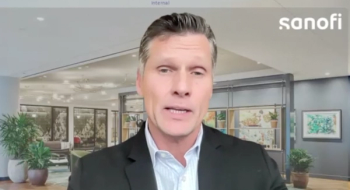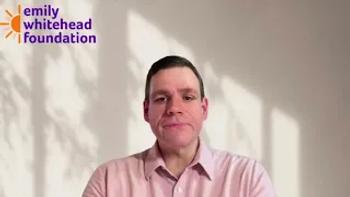
New Rite-Aid telebooths provide consumers quick physician access
HealthSpot’s telebooths, which are currently in more than 20 Rite-Aid stores, are changing how patients interact with healthcare. Find out how it works.
Using telehealth services creates better access and engagement of consumers, which leads to reduction of medical costs and improvement in health outcomes for their populations, according to a recent presentation at the
Croall“There is a shift from the doctor will see you now to the patient will see you now,” says Gail Croall, MD, chief medical officer at
Related:
According to a
An August 2014 Deloitte
“Telehealth solutions can not only reduce unnecessary emergency room visits but we see it as a front door to healthcare where it is seen as an extension of the medical community which can help outcomes across the continuum of care from wellness and prevention to chronic condition management as well as help payers address quality measures for those lower-intensity populations,” Croall says.
According to Croall, 39% of future costs will come from 75% of the health population today.
“This allows shift in resources and focus of high-intensity patients in the secondary/tertiary and face-to-face visits and lower-intensity patients more in the community setting all the while keeping continuity of care and management within the local healthcare system,” she says.
Enter HealthSpot’s telebooths, which are currently in more than 20 Rite-Aid stores throughout Northeast Ohio.
“Essentially, think of it like ‘on-the-spot’ access to a primary care physician for ear, nose and throat-type of illnesses,” according to Croall. “An individual enters the booth, and a physician appears in real time via two-way video-similar to Skype-on the screen in front of the patient. The physician instructs the patient on several of the diagnostic tools in the booth-stethoscope, etc.-hears their symptoms and diagnoses the illness. If a prescription is needed, the physician can submit the prescription to the pharmacy. It’s using technology and connectivity to provide immediate access to care.”
The technology in the telebooth station can be adapted to specific populations-“whether cardiology with real-time EKG or three-dimensional dermatology imaging or imaging 3 mm beneath the skin for cancer detection or fundus cameras for diabetic retinopathy screens or spirometry for COPD management,” explains Croall. “This would also include point-of-care lab testing as well as expansion of pharmacist role in doing rapid strep tests or rapid flu tests in addition to vaccines and immunizations and medication management.”
Related:
Croall explains the inclusion of telehealth in provider networks, fees and specialties. “Our providers are the local health system and most payers are reimbursing like they would as a face-to-face visit because of the integrated platform and integrated medical equipment where the physician can actually examine the patient using the equipment,” she says.
“Behavioral health is a visit type that can be supported in the station as well as our home video solution, and we are currently working with providers and payer to support these visit types. The message here is integrated telehealth can be a critical factor in population health management and shifts to value-based contracting with payers and create better access points and continuity leading to lower costs and better outcomes,” Croall says.
Newsletter
Get the latest industry news, event updates, and more from Managed healthcare Executive.





















































